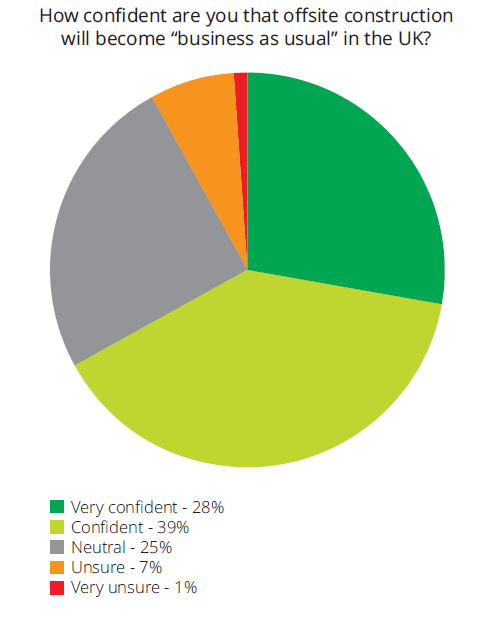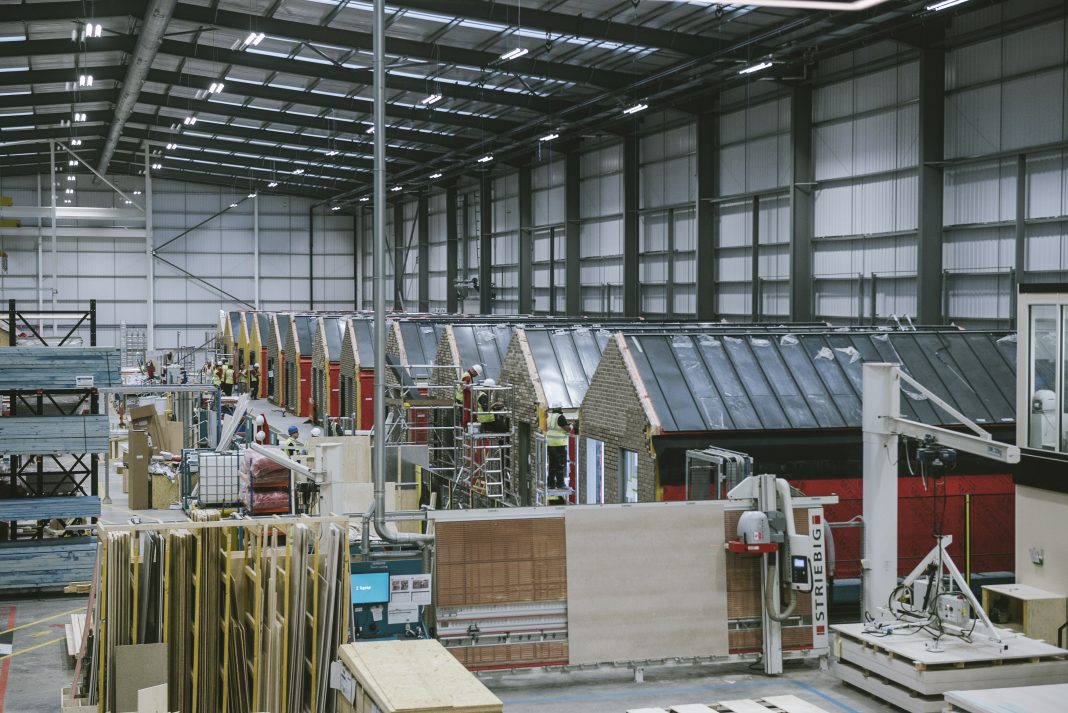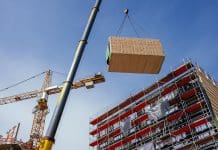Offsite and modular construction have been tipped as game-changers for the construction industry, offering a plethora of advantages to address skills shortages, sustainability challenges and the need to ramp up production. Is offsite the future?
Offsite construction and modular manufacturing are not new concepts, but their profile has arguably never been higher, with the government setting out a “presumption in favour of offsite” for public projects and a 2017 House of Lords select committee report saying there is a “compelling case” for the widespread adoption of offsite in an industry struggling with skills shortages and low productivity.
So, is it really the future of construction in the UK? Our survey asked readers from across the industry to pick their top three advantages of offsite – and the disadvantages – compared with traditional construction, as well as the key drivers to more widespread adoption and the challenges that need to be overcome.
Can offsite deliver on its promise and become “business as usual”?
The results
Overall, PBC Today’s readers believe offsite will become firmly established in the mainstream. More than two-thirds (67.2%) said they are either confident or very confident that it will become business as usual.
Another 24.5% were neutral, with only around 8% saying they are either unsure or very unsure about the prospects for offsite.
Offsite advantages
When it came to the main benefits of offsite construction versus traditional builds, readers picked decreased construction time, increased quality and a more consistent product as the top three.
They also believe offsite offers greater certainty over cost and project timescales, improved safety by moving work into controlled factory environments and improved sustainability.
Lewis Mackenzie of Fusion Building Systems, said: “Factory manufactured solutions allow for greater quality control throughout the process. It also enables a system to be manufactured without weather restraints, often resulting in more accurate elevations and sections.
“A panellised system allows for greater volume of deliveries and a much quicker erect rate. Fixed costs allow the client to have a better understanding of the superstructure cost.”
Less reliance on traditional skills, already in short supply, and reduced disruption to communities living around sites were also seen as positives.
Debra Colley of the Wernick Group, said: “Offsite offers a solution to the skills shortage problem. As an industry, it attracts those who may not be attracted to a ‘traditional’ construction environment.”
However, some respondents cautioned that while offsite provides a more consistent product, this does not automatically translate into more sustainable buildings or better quality – design and implementation are critical factors too.
Disadvantages and barriers
Readers saw the biggest disadvantages of offsite as transportation restrictions on module and panel sizes, particularly in large cities.
In terms of the barriers still holding back offsite adoption, readers cited a lack of understanding, with some still experiencing an image problem and associations with old fashioned prefabs or temporary cabins.
In addition, readers cited the relatively high start-up costs involved in investing in a factory and the need for a consistent, predictable pipeline of work to justify that investment.
“Inconsistent demand for offsite will continue to stifle growth and innovation in the sector, where the true value will only be realised with increased volumes,” said one respondent.
Another barrier to adoption is the longer lead-in times needed for exact specifications, detailing, costing, design responsibility and coordination with on-site operations, such as drainage and service connections.
Readers also saw a challenge in the need to specify offsite construction early in the design stage, which often isn’t done because of current tendering and procurement processes.
Ross Honeyman, design manager for BAM Construction, said: “The success of offsite will rely on having early contractor involvement in the design, usually long before financial close is achieved on a project. This will be difficult where there is a risk-averse approach and where funding is unavailable earlier in the design process.
“The industry would also need the confidence that offsite facilities are readily available and have a secure and robust supply chain that ensures delivery timescales are adhered to. The successful delivery of a project would become reliant on the offsite manufacturing process running smoothly and without delay.”
Nevertheless, as the overall confidence levels indicate, there is a belief that the sector is moving in the right direction and gaining greater recognition as a mainstream construction option, with one respondent noting that half of the shortlisted projects for RIBA’s 2019 Stirling Prize incorporate some degree of offsite construction.
Tel: 0843 504 4560















I see early design as a positive improvement on current practice and therefore should not be a barrier for “off site” manufacturing but a positive attribute for the project. A lot of issues on site are caused by incomplete design as a result of the late design process.